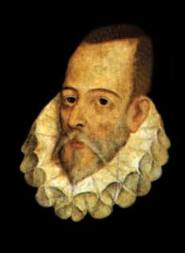Error 404 - Page not found
Hmmm, not sure we have a page like the one you're looking for...
Maybe the page you are looking has been taken down and we forgot to send a memo. Or maybe you misspelled the URL. In any case, the thing is we can't find the page you're looking for.
Spanish Painting Background Spain has produced some of the world's most famous painters and they have produced some of the world's most famous paintings. There can be no doubt that Goya, Picasso and Dalí are among some of Spain's most internationally acclaimed artists. Every day Spanish people and visitors flock to Spain in order to see their and others' most famous paintings on display in some of Spain's best museums and art galleries. Furthermore, Spanish painters have been instrumental in the development of many different art movements such as Cubism, Surrealism, Mannerism and Romanticism. However, painting started in Spanish peninsular long before any of the great names of Spanish art were even born. The original inhabitants of the land left their own artistic mark by producing cave painting. Some of these paintings in Spanish caves have even been dated back to around 30,000 BC. | Spanish Literature: Overview The cannon of spanish literature extends through more than a millennium, reaching all the way back to the thick of the Middle Ages, when a series of circumstances led to the development of one of the richest traditions in the western world. From the wealth of texts produced during Alfonso X's Renovatio, to the earliest incursions into the novelistic form and through the heights of Miguel de Cervantes' creations, Spanish literature gathered strength and established itself. Such that, once the Golden Age of Spanish influence arrived, literature counted among the most important cultural forms available to the intellectuals of the time. That was the environment in which the most extraordinary tradition of dramatic productions produced a generation of geniuses, in the forms of Lope, Tirso and Calderon, that would fare well when compared with any other three contemporaneous writers of any place or any age. The Baroque came to an end and the world moved on, and while Spain never reached the same level of influence, its literature continued to develop along with the dominant currents established in the rest of Europe. |
